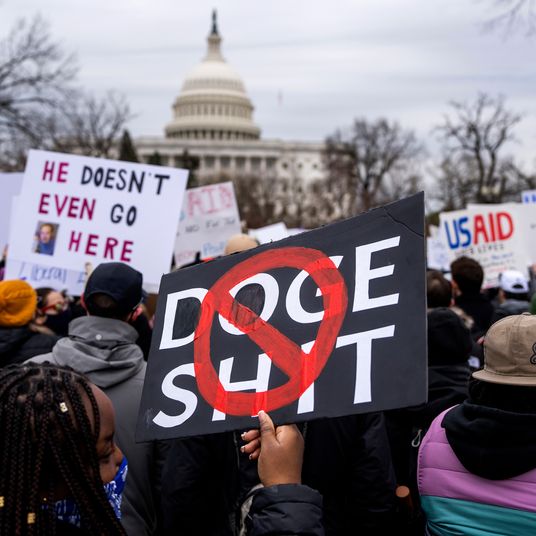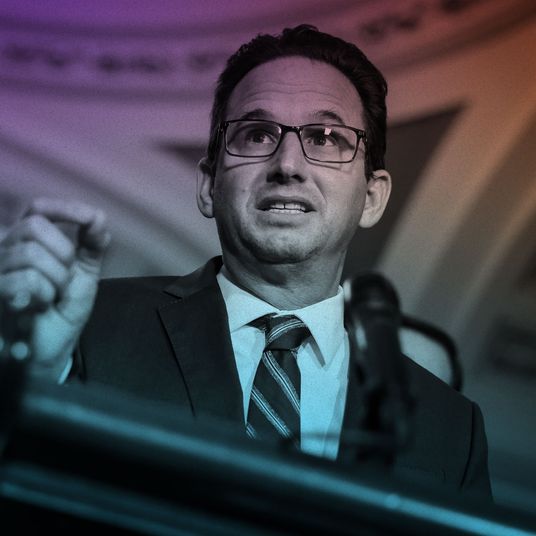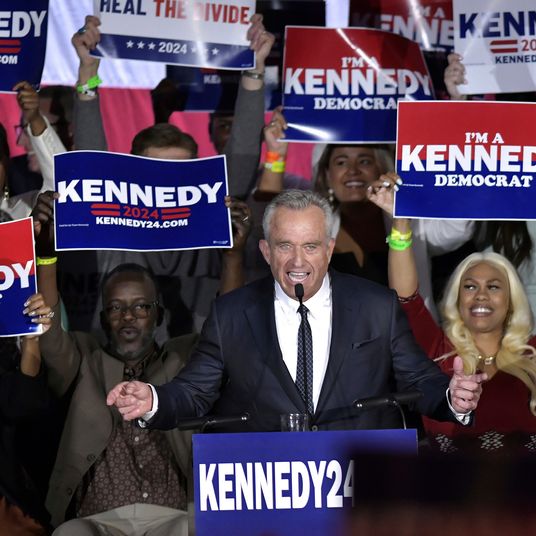
I continue to relentlessly argue on this blog, and occasionally to passersby while shaking them by the lapels, that the Tax Policy Center’s study of Mitt Romney’s proposal is one of the major developments of the campaign. Republicans always favor regressive tax cuts, but they’re always, always very careful to obscure the tradeoffs such policies require.
Romney screwed up. He tried to obscure the details by refusing to divulge large chunks of his plan, but he left enough of the parameters defined for tax wonks to prove that it would raise taxes on the middle class. The Tax Policy Center employed a simple methodology. It took Romney’s stated goals — a 20 percent rate cut, closing unspecified tax deductions to account for the lost revenue, and not raising taxes on investment income — and found that it would be mathematically necessary to raise taxes on the middle class.
One indication of the importance of this finding is that conservatives have continued to wildly lash out at the study.
Today the Wall Street Journal editorial page takes its turn. In a 1,500-word editorial filled with dark insinuations of partisanship by the study’s authors, interspersed with fulminations against class warfare, I was able to detect three actual arguments. First, the Journal triumphantly notes that the TPC study does not describe a detailed Romney plan:
… even the Tax Policy Center admits that “we do not score Governor Romney’s plan directly as certain components of his plan are not specified in sufficient detail.” But no matter, the study plows ahead to analyze features of the Romney plan that aren’t even in it.
Right. That’s not a secret. Romney has refused to describe how his plan would work, so the authors bent over backwards to try to make the numbers work in the most favorable possible way, and couldn’t. That’s the methodology of the study. That’s some great sleuthing there, Wall Street Journal editorial page.
Second, the editorial points out that the study assumes Romney would not reduce the tax deduction for municipal bond income. The study’s authors told me that they did this in keeping with Romney’s stated goal of lowering taxes on investment and saving. Since this very point appears in Jennifer Rubin’s equally unhinged attack on the study, one might surmise that perhaps Romney is willing to reduce this tax deduction. If Romney did decide to do so, it would not produce enough revenue to materially affect the study’s conclusion. The Journal produces no other examples of tax deductions Romney could conceivably reduce that the study has not considered.
Finally, the Journal proceeds to insist that of course it’s possible to cut tax rates for the rich and have the rich pay more in taxes:
Every major marginal rate income tax cut of the last 50 years — 1964, 1981, 1986 and 2003 — was followed by an unexpectedly large increase in tax revenues, a surge in taxes paid by the rich, and a more progressive tax code — i.e., the share of taxes paid by the richest 1% rose.
Underlying this argument is the Journal’s favored voodoo-economics belief that tax cuts for the rich always increase revenue. I won’t get diverted into a debate with this theological and obviously wrong belief — note that it omits the 2001 Bush tax cuts, which closely resemble Romney’s plan and which were followed by an unexpectedly large drop in revenue — but will merely point out that this does not address the point at all. The 1964, 1981, and 2003 tax cuts were deficit-financed. They were not revenue-neutral tax reforms, as Romney claims his plan would be.
Romney could just advocate a straight tax-rate cut and stop pretending he’ll make up for the revenue, and rely on the supply-side argument that this will somehow result in higher revenue. But he’s not doing that, as of now. He is claiming he can cut tax rates by 20 percent without reducing tax preferences for investment income and still leave tax rates on the rich the same, by reducing their deductions. Obviously none of those other tax cuts prove that this is possible because none of them attempted the same thing.
The 1986 tax reform did lower rates while raising the tax burden paid by the rich. It did that by ending the capital gains tax preference — something Romney opposes.
All the examples cited by the Journal prove is that, if you remove one of Romney’s parameters, then the other promises can be kept. He could follow the 1964, 1981, and 2003 tax cuts by abandoning his promise to keep it revenue-neutral. He could follow 1986 if he abandons the part about not raising taxes on capital gains. But he can’t do all the things he’s promised. And so Romney finds himself in a very bad position.






























